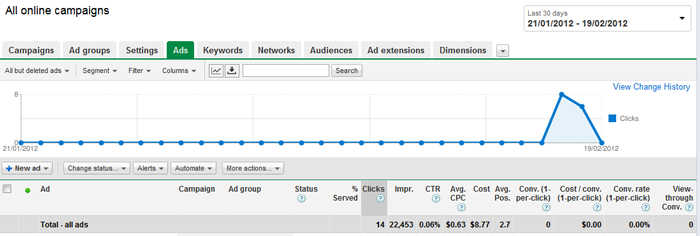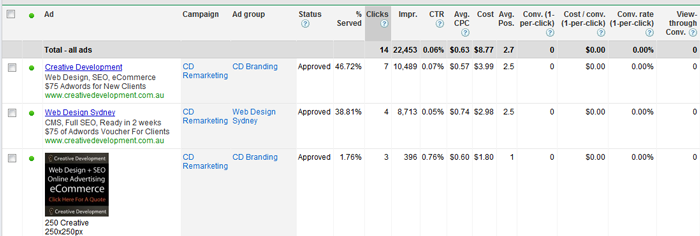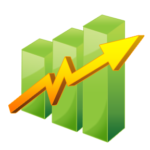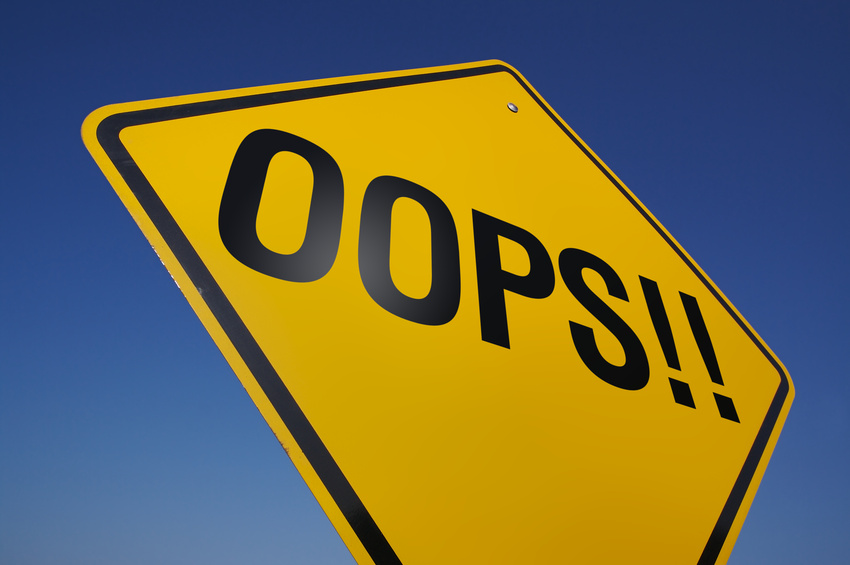Facebook reaches 37% of the Australian population, with people spending an average of 20 minutes on the site per day. Unlike other websites, Facebook users are there socially, interacting and sharing more information than on any other medium. Advertising with Facebook is easy to set up, and it takes no time at all to create an ad. The choices basically are three fold. You can either advertise your Fan page, a post within your fan page, or you can advertise your external website. The benefits of advertising something already on Facebook, is that consumers have the choice to like the post or page you are promoting, which has the added benefit of then being able to market to them at a later date through your fan page.
By far the largest demographics on Facebook are under 25s and over 35 women.
Facebook’s edge over other advertising media is that you can see the exact demographic, as well as the likes and location of your fans and potential customers. As opposed to Google Adwords which uses mostly keywords and search intent, Facebook also takes into account a user’s interests. The bidding system on Facebook is similar to Adwords, the only difference being there is no “quality score”. The only penalty exists if your ads are not getting clicked on, then you have to bid higher, or your ad will not reach anyone.
Facebook’s advertising platform is a lot like Google’s in that you can set your daily limit, the limit of your bid, set your ad creative, set multiple ad creatives etc.
The Good:
The mix of social and promotional advertising means that you can increase the volume of the dialogue you have with your clients. You can promote just to existing fans, or to new ones. Great stories that originate on your fan page can be amplified with post advertising. Facebook also have “Insights” which gives you analysis of your page and your advertising performance. This means you can use data to see which demographics your main fan groups are, who is the most active/engaged groups of people and which geographical area is your most lucrative. Generally, also, the CPC on Facebook are also lower than those on Google Adwords.
There have been some VERY successful Facebook advertising/social marketing campaigns that have worked really well for sometimes obscure brands. Rita’s Ice is a good one, where a small ice creamery gained 100,000 fans by promoting new lines of ice cream flavour. Target gained millions of fans by giving all the users interacting on their page a $20 voucher. The main benefit of fans, to the marketer at least, being that you can continually promote to these people once they have liked your page.
The Bad
Facebook has no way of automating better performing ads, other than on a per click basis. You can’t run lower cost ads, or ads that convert better, other than manually. This means that, even though you can set your daily limit, your ad campaigns may just run away with the poorest converting, highest CPC advertising.
Adding a social side to advertising is a good idea in theory, and probably works with around 10% of the population. However, in truth, most people will respond to an ad, but not want to see your brand come up every time there is a post. This means you may pay for 1000 new users to your Facebook page, but only about 10 of those will remain active and interested.
The Insights/Ad reports are also relatively good for demographics and location, but they are not very good for seeing the connection between Facebook and your website. At the moment, there is no complete solution for seeing who is clicking on your posts and ads, and then spending money on your website.
Google Adwords
Google Adwords reaches some 90% of the online population. With Adsense space on most web properties, including YouTube and SMH.com.au, at some point in the day you will see an adwords ad. The ads come in a few different flavours, with standard text ads, display image ads and video advertising possible. There are a few different bid models available too, with a cost-per-click, cost-per-action or cost-per-thousand-impressions being the most popular.
Google’s advertising is mainly based around the user and their keyword choices, as well as some interest intent through the Google advertising network. This means you can promote to people who are searching for “cheap flights fiji” or for people who are reading a news.com.au article about Fiji. Google, famously, has an auction model that takes into account how much you are willing to pay for an ad placement, as well as the quality of your website and advertising.
Google Adwords integrates into Google Analytics, so there is a seamless integration between your website and the advertising you display. This means you can track a use from the ad to your landing page, and through to a conversion.
The Good
Google Adwords allows you to optimise by clicks or conversions, meaning that the ads that actually generate sales can be served in preference for ads that don’t. The bidding, rotation and experiments can be rotated, so if you want to run 50% to one URL and 50% with different creative to a new URL, you can do that. Within a month, you can run a range of marketing experiments to find out which creative or landing page works.
As you can advertise based on search keyword, you can actually promote your business to users at the moment they want your product the most. This means you know exactly what your customers want when they are clicking on your ads, and you know they are looking to purchase your product. As opposed to Facebook, which will allow you to connect to people who have an “interest” in your product, Adwords allows you to target those that are researching and then purchasing your product.
The Bad
Quality score is a blessing and a curse. Advertising accounts that have a low quality score overall will be affected no matter how good their ads are later on. As Google looks at the URL of the ad, and the account, this means that some web properties can permanently have a 30%+ higher advertising cost because of lazy Adwords management.
The cost of advertising on Google has become prohibitively high for a lot of advertisers. The most competitive markets have a cost per click of $10 and go up to $50. This means that for an average conversion rate of 1%, you would need to spend $1000 – $5000 for one conversion. This cost is often driven up by new entrants who will bid high for a short period of time before their budget runs out.
Although Google claims there is a social element with their +1 program, the level of integration is no where near that of Facebook’s. As few people are using Google+ or +1’s, the difference is marginal and hardly noticed.
Which one then?
The bottom line is this, Google Adwords is ideal and highly recommended for eCommerce businesses. Over time Adwords can optimise to reach your clients when they are ready to buy, and can be optimised to only serve ads that convert. Facebook is ideal for companies looking to build a brand. If your company has a personality you want to project online, then the options on Facebook are great.










